Wikijunior:Big Book of Fun Science Experiments/Explosive foam
< Wikijunior:Big Book of Fun Science ExperimentsYou really need a proper science lab and a trained presenter to do this experiment. It is more of a demonstration than a participatory exercise.
Ingredients
Images of most ingredients
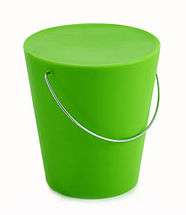
Tub
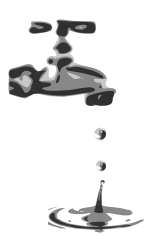
Water

Soap
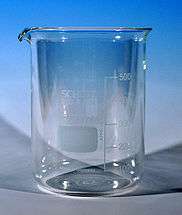
Beaker
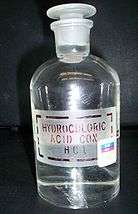
Hydrochloric Acid
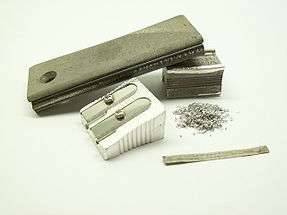
Magnesium Ribbon
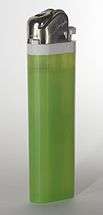
Lighter
- a tub which holds about 1 gallon
- water
- soap
- A beaker or test tube
- a stopper with a hole
- glass elbow and rubber tubing
- hydrochloric acid
- magnesium ribbon
- a lighter
What to do
- Step one: fill the tub with very soapy water
- Step two: fill the beaker or test tube about half way with hydrochloric acid
- Step three: attach the glass elbow and the hose to the stopper
- Step four: place the other end of the hose in the tub of soapy water
- Step five: add a small amount of the magnesium ribbon to the beaker and quickly cover the top with the stopper; hold the beaker so it is lower than the tub and there are no kinks in the hose
- Step six: bubbles will appear in the tub
- Step seven: pick up some bubbles with your hand and light them with the lighter; they should go up quite spectacularly without burning your hand
- Step eight: when you get tired of playing with the bubbles, you can light the ones left in the tub all at once. FWOOSH!
Principle
Magnesium and hydrochloric acid react to create hydrogen gas and magnesium chloride. The chemical equation looks like this:
Mg (s) + 2HCl (aq) --> H2 (g) + MgCl2 (aq)
Because Hydrogen gas is lighter than air, it travels up the tube and bubbles through the water. Hydrogen gas burns at a relatively low temperature and shouldn't harm your hand when you light it.
This article is issued from Wikibooks. The text is licensed under Creative Commons - Attribution - Sharealike. Additional terms may apply for the media files.